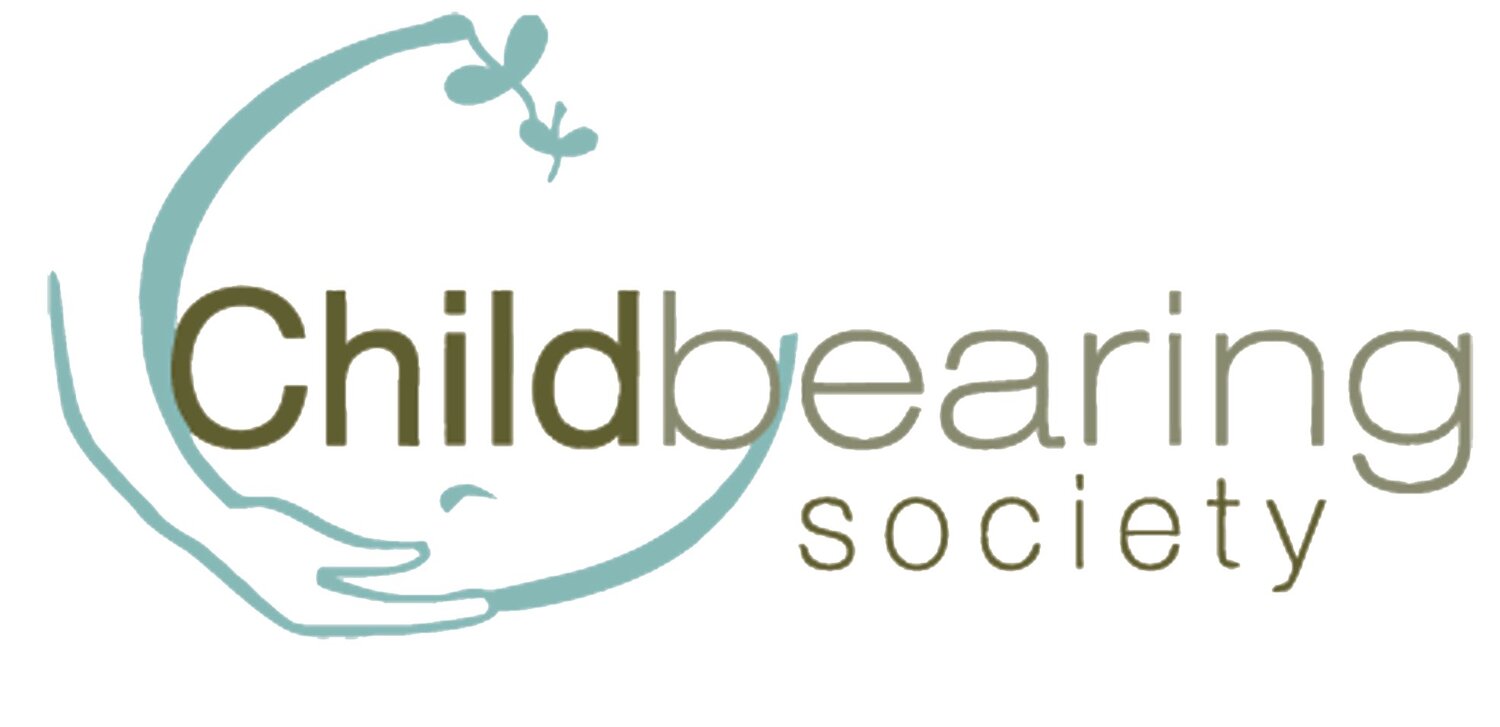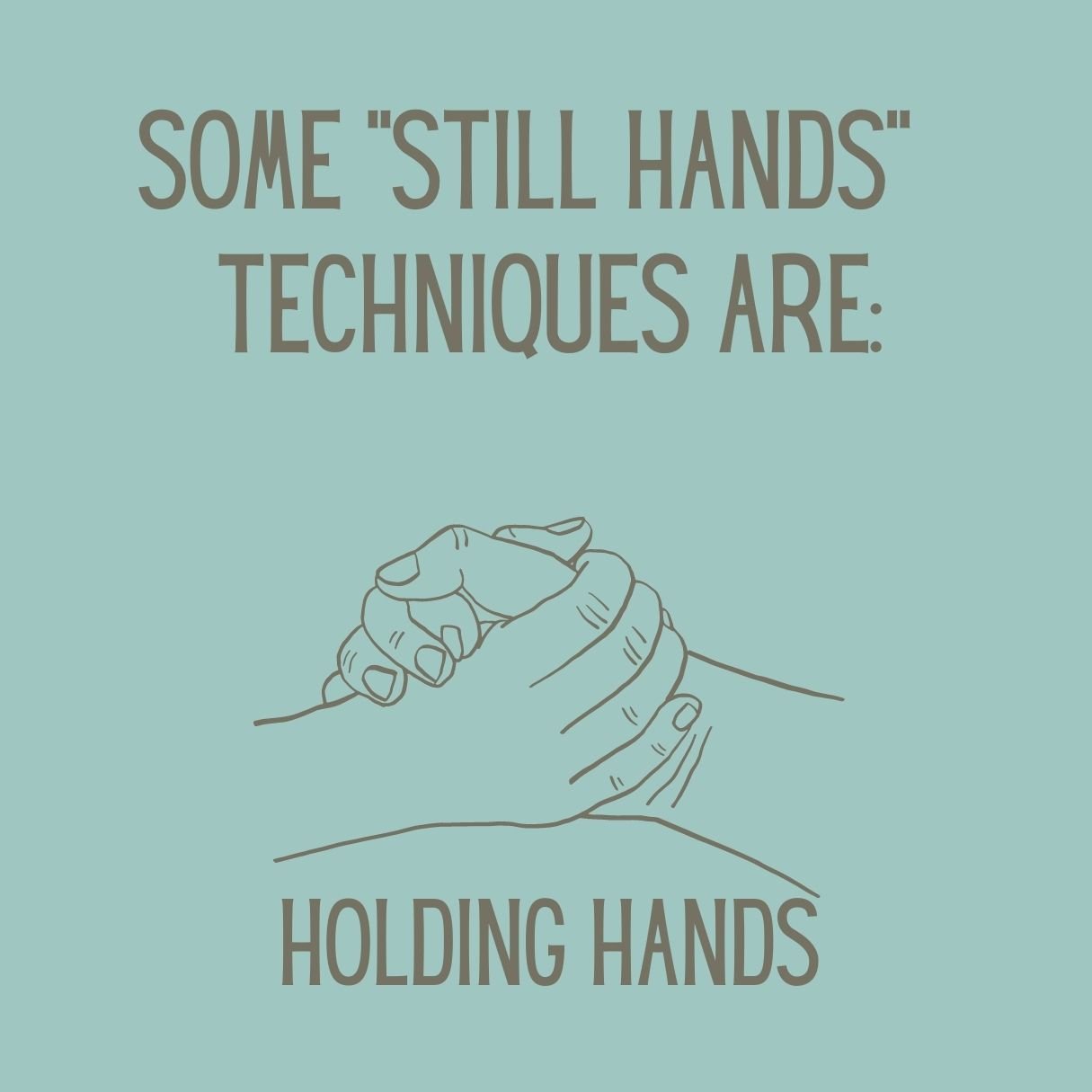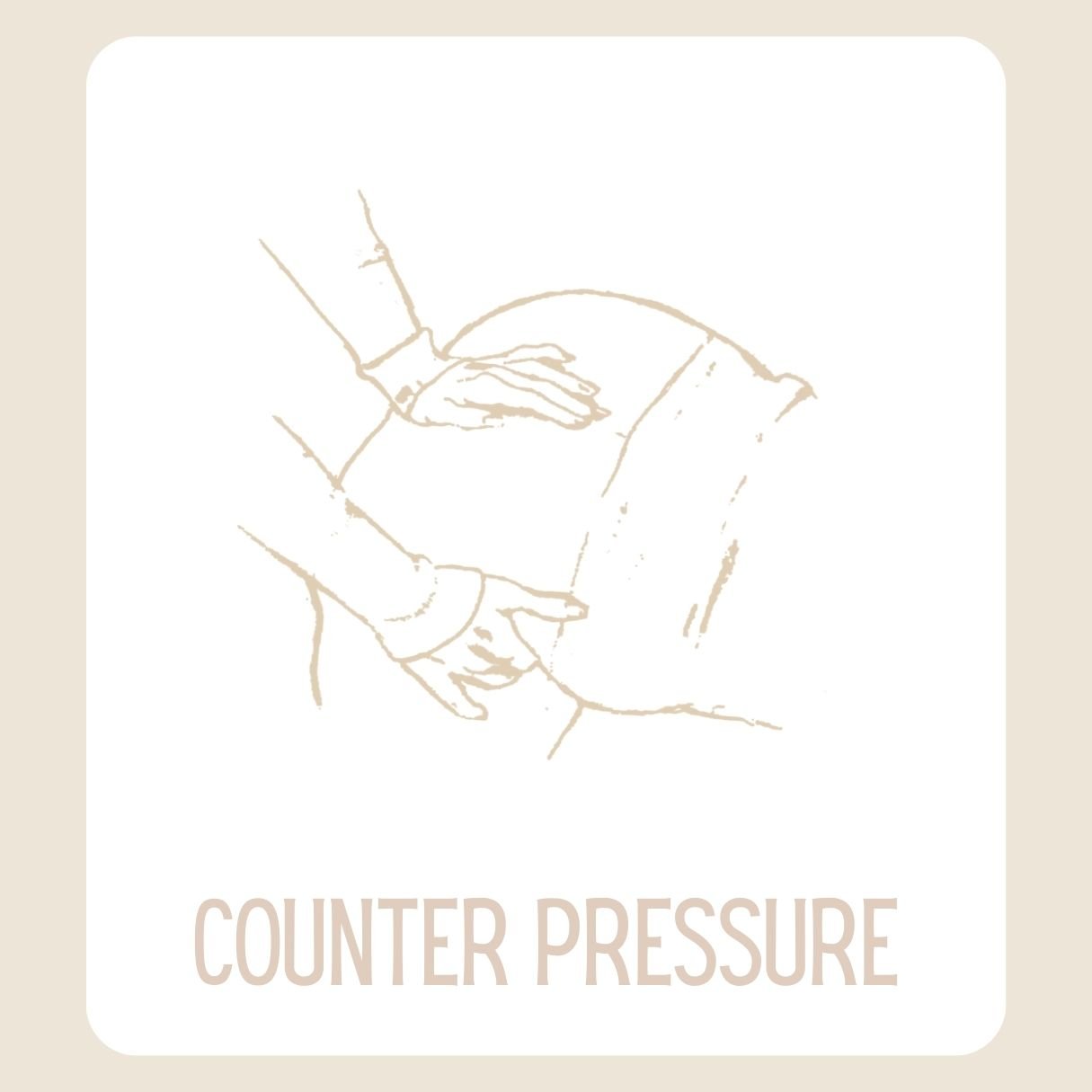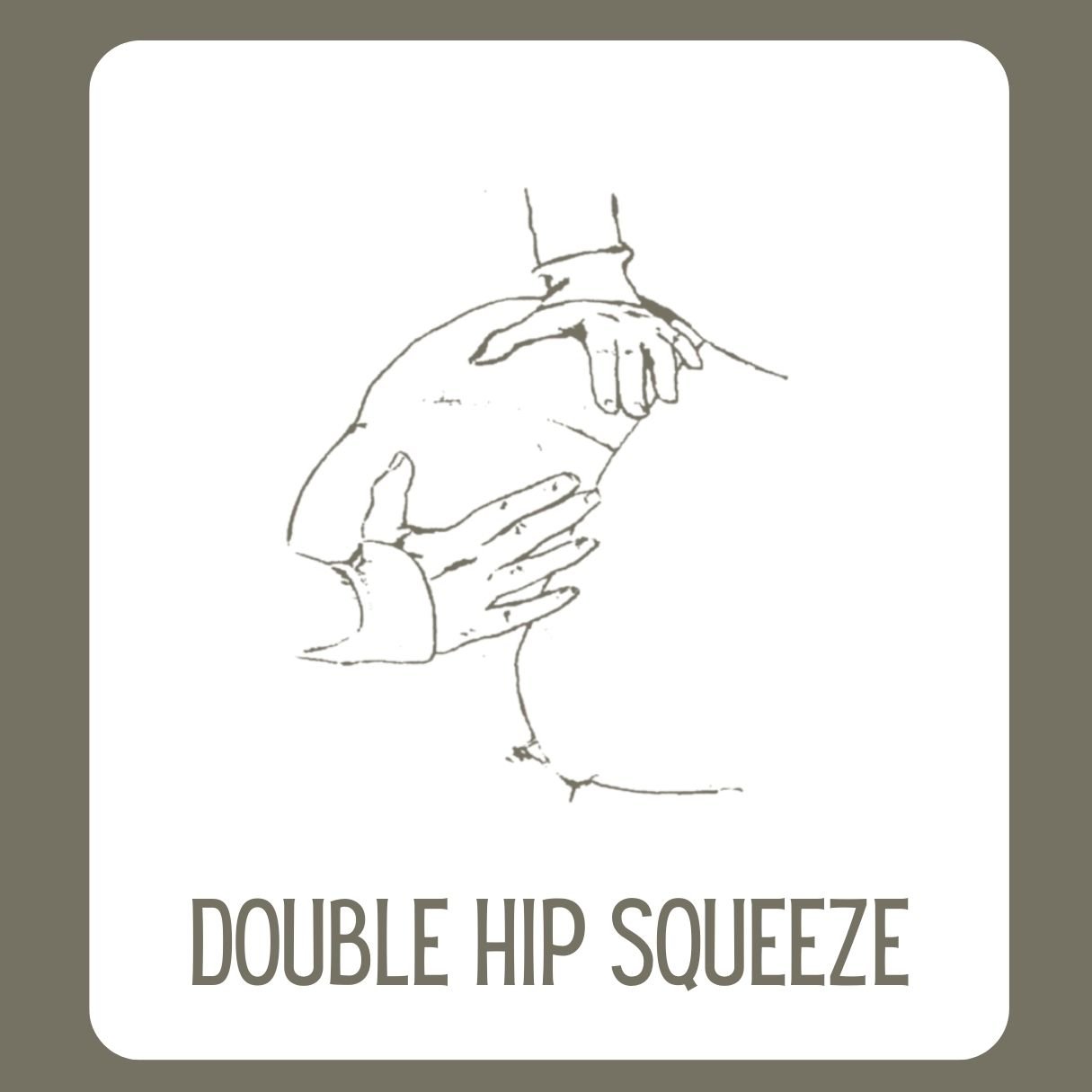Massage for Labour: Some Rules of Thumb (& Fingers)
Massage is an excellent tool for coping with labour. It is a classic, well known comfort measure. It works in several ways.
It works on the gate control theory, whereby the pleasant sensations on the body’s surface travel to the brain faster than the deeper sensations of contractions, muting or at least muffling the discomfort. It works by relaxing the labouring person, enhancing circulation, warming her body, and oxygenating all her cells. And it works with the birthing hormones, simultaneously decreasing stress (or adrenalin), and boosting her oxytocin production because massage is a caring, intimate, and loving form of touch. It can be one of the best expressions of partner support.
Or it can be the worst.
There are several kinds of massage that work really well in labour. And all of them have to be further customised for individual situations. Use whatever works for *you* and adapt it to your own preferences.
But whatever you do, there is one thing you might want to avoid: creepy fingers.
For many people, creepy fingers during labour can turn massage into a thoroughly unpleasant experience.
If your labour is slow, prodromal, or accelerates gently, you might like soft touch, or effleurage. This includes hands that run gradually down your back, gentle shoulder massage, slow rubbing of the sacrum (lower back), hand-ironing on your legs or thighs, gentle hand or foot massage. These approaches might all work well in early labour, too, especially if labour is slow to pick up steam. Some people like these slow-rub techniques all the way through, but primarily in between contractions, during the rest-breaks.
During contractions, many birthing people do not like to be rubbed at all. You want to avoid moving hands, as this can be distracting when one is trying to focus on coping with the contraction. Imagine if you are doing sets of chin ups: ten chin-ups alternating with five minutes of rest, over and over again. During which of those sequences do you think you would prefer being massaged, during the chin-ups themselves, or during the rest break in between? Few people want their shoulders rubbed while they’re trying to do chin-ups, although many would appreciate it in between rounds. Contractions are the same. Most people do not appreciate rubbing hands during the strenuous activity, but moving touch is welcome right after.
Instead, during contractions prioritize techniques that involve stillness, pressure, steady squeezing, or holding. Examples include the famous double-hip-squeeze, sacral counterpressure, firm hand holding, acupressure, the take-charge-shoulder hold, or providing firm touch anywhere on the body that feels good. Hand pressing is often a favourite, as is the solo method of the birthing person squeezing combs. During contractions, people tend to crave stable pressure rather than stroking massage.
However, the one thing birthing people almost never enjoy? Creepy fingers.
Whether you are gently kneading her tense shoulders while she’s resting, or whether you are firmly holding her hands during a contraction, you always want to avoid poking, pinching, tweaking, or tickling, as these can be very irritating during labour. Imagine if you’re trying to hold a plank and someone is kneading your elbow between their finger and thumb, or if you are lifting weights, and your spotter is pinching your earlobe. Does this sound distracting or annoying? It is. This is what creepy fingers can feel like during labour.
To some people, acupressure looks an awful lot like creepy fingers. But acupressure is done with applied, firm, steady pressure. There is no ‘creeping’ or irritating tweaking or twiddling with the fingers, no irksome rankling, or wiggly, pinchy needling–ick!–just steadfast, confident support and unwavering grounding. When done right, acupressure can be very helpful during labour. Whereas creepy fingers are just creepy.
Creepy fingers can also disrupt the labour trance. The hormones that gradually flood the labouring brain and cause labour to progress, such as prostaglandins, prolactin, endorphins, and oxytocin, require a state-of-mind similar to what we need to fall asleep: physical comfort, a sense of safety, a sense of privacy, darkness, and silence or quietly supportive words from the people around us. Massage can be part of this–many of us fall asleep (or get close to it) on the RMT’s table all the time. Gentle rubbing during the breaks, and supportive pressure during contractions, can help our hormone-infused labour brains get into that dozy-dopey trance-like state that promotes birth. But creepy fingers can jerk us right out of it.
Picture drifting off to sleep while having your feet lovingly rubbed, or your partner’s protective arms around you. These things can be nice, relaxing, safe. Now picture someone pokes or pinches you sharply in the back. This is the effect of creepy fingers.
Massage can be a helpful tool for labour for many people, but keep in mind that there are always exceptions. Some people prefer not to be touched at all, as it can be over-stimulating, or it can distract them from their own internal focus. If you have prepared a bunch of massage techniques, it can be disappointing if you never get to use them. But bear in mind that everyone copes with labour in their own way, and no single technique works for everyone. There is probably even someone somewhere who loves creepy fingers during labour. There are always exceptions.
But for most people, the main rules of thumb for labour massage are:
It is always the labouring person’s prerogative. Listen to her and respect her wishes.
Labouring people tend to prefer moving touch (massage) in between contractions, and only still hands during contractions.
And above all, avoid creepy fingers.
Beyond that, do whatever works for you, no matter what works for anyone else. Creepy fingers might be an irritation for most labouring people, but if you’re the exception, embrace it with confidence. Massage techniques for labour always have to accommodate the individual in labour, which is you.
Stephanie Ondrack lives in East Van with her partner, four kids, five cats, two chickens, and two rats. She has been with The Childbearing Society since 2003.







